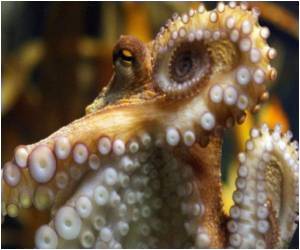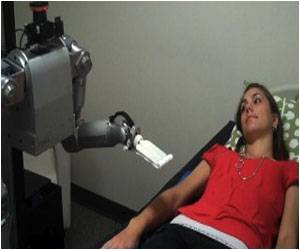The details about parasite's surprising life cycles are now uncovered thanks to a new research focusing on octopuses, cuttlefish and squids.

"Although dicyemid parasites have been studied by other groups, nothing has been known about dicyemid fauna and infection patterns from Australian waters," says Dr Catalano, who this month will graduate with her PhD from the University's School of Earth and Environmental Sciences. She will continue her work at the South Australian Museum.
The dicyemid parasites are tiny organisms, simple in appearance and made up of only 8-40 cells without any obvious tissue structure – but they do have surprisingly complex life cycles. They exist in two forms: adults are long and slender whereas embryos can be a clone of the adult only smaller, or have a distinctive circular form. They also have two modes of reproduction – sexual and asexual.
"Surprisingly, we found that the left and right kidneys of a single host individual were infected independently of each other, with one kidney infected by asexual forms and the other by sexual forms, suggesting this mechanism is parasite-controlled not host-mediated," says Dr Catalano. This finding has been published in the journal Folia Parasitologica.
"To make their life cycle that much more complex, these parasites are also highly host-species specific. To infect a new host, the circular embryo form of the parasite is released with the host's urine out into the sea. It then has to find a new squid or cuttlefish or octopus individual that is of the right species within a limited time-frame before it perishes, while also battling environmental conditions such as strong water currents and varying salinity.
"Somehow this tiny organism – just a few cells in size – manages this complex and highly specific reinfection and the astonishing life cycle beings again."
Advertisement
"We looked at the dicyemids in two species of cuttlefish, the giant Australian cuttlefish and the nova cuttlefish, from various localities in South Australian waters," Dr Catalano says. "We found different dicyemid species infected each cuttlefish species at different localities, suggesting there are unique populations of each host species in South Australian waters.
Advertisement
Source-Eurekalert









